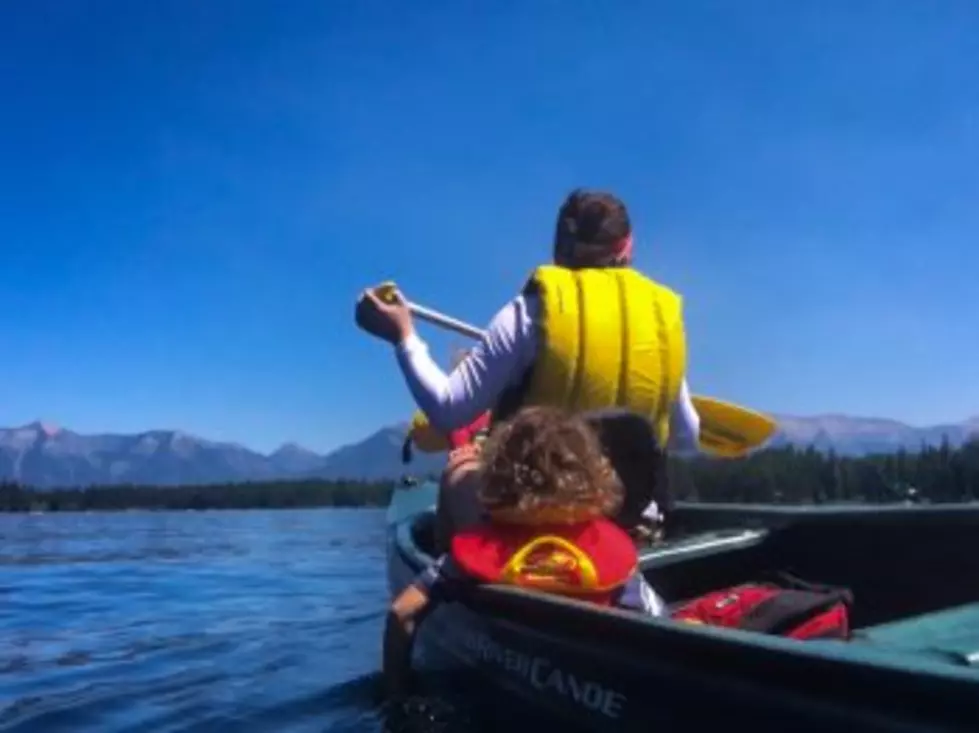
Skye Borden: It’s time to fully fund Land and Water Conservation Fund
As many of us get ready to embark on our July 4th vacations, sightseeing and picnics, it’s the perfect time to celebrate America’s commitment to preserving the outdoors and our access to it.
But protecting and maintaining these iconic outdoor destinations doesn’t happen by accident -- it requires sustained stewardship, as well as money. Right now, Congress has a chance to make sure Montana’s outdoor treasures are protected for generations to come.
That means fully funding America’s best conservation program, the Land and Water Conservation Fund (LWCF).
In the early 1960s, President John F. Kennedy came up with the idea for the program, later signed into law by President Lyndon Johnson in 1965. The promise? To invest hundreds of millions of dollars in outdoor projects for the benefit of all Americans.
In the 54 years LWCF has been around, it has funded over 41,000 projects in all 50 states, whether it’s national parks (think Grand Canyon, Great Smoky Mountains and Grand Teton National Parks), hiking trails or youth sports fields.
All Americans and all Montanans benefit from LWCF dollars. But despite how long the LWCF has been around, most of us are unaware of how the Fund enhances our quality of life and the environment around us. For example, LWCF is the reason that Flathead’s Wild Horse Island is accessible to the public, and why bull trout still thrive in the Swan Valley’s Lindbergh Lake. And, because its funded nearly 800 different projects across the state, there’s also a pretty good chance it’s responsible for one of your favorite neighborhood parks or ball fields.
Over the years, Congress has had to reauthorize the LWCF multiple times, but legislators have only twice fully funded the program at $900 million. Instead, common practice has been to divert the money elsewhere. In fact, Congress has raided $22 billion from LWCF since its inception.
But in 2019, we have reason to hope for more.
With overwhelming majorities, Congress passed a bill signed by President Donald Trump in March that permanently reauthorized LWCF. Then, two weeks ago, a bipartisan group of representatives unveiled a bill in the House that would allocate the full annual allotment of $900 million to the LWCF. That bill has passed out of committee, and now heads for a full floor vote. The Senate also held a hearing on Tuesday, June 25th, on a similar bipartisan bill to fully fund LWCF.
Although all three members of our congressional delegation have been champions for LWCF reauthorization, only Senator Tester has been steadfast in his support for full funding through both the appropriations process and dedicated full-funding bill S.1081. For the sake of places like Wild Horse Island and Lindbergh Lake – and for the many special places we’ve yet to protect – it’s time for Senator Daines and Representative Gianforte to follow his lead.
So while we’re enjoying celebrating our nation’s birthday, we should remember that one of the reasons we have so many beautiful destinations to choose from is LWCF. I think we can all agree that a dollar spent to protect America’s iconic landmarks today and for generations to come is a good investment.
I’m encouraged and inspired by the overwhelming public support behind LWCF. Now, it’s time for our elected officials to finish the job and fully fund America’s best conservation program.
Skye Borden is state director of Environment Montana.
